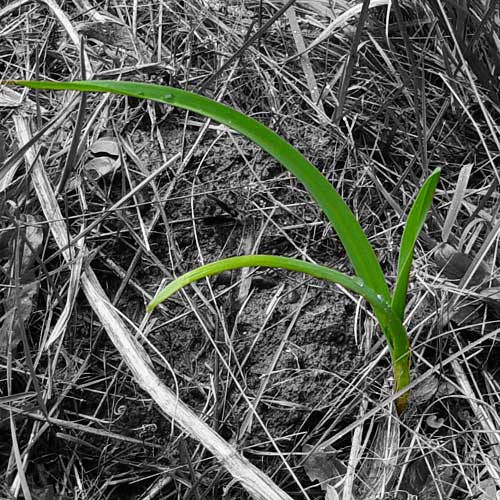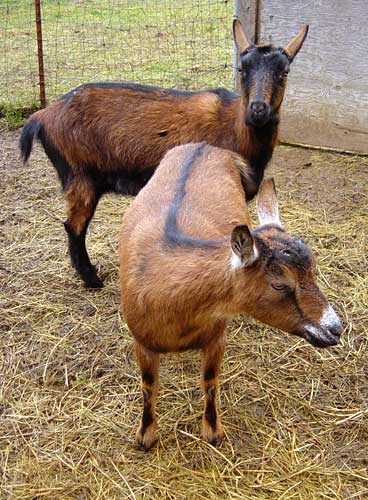It’s Lammas, traditionally a time to celebrate the first harvests of the year, and despite the seemingly endless coldwetwinterspring weather, we’re actually starting to have something to harvest.
Bees are enjoying the onions that have been allowed to go to flower:
I wonder what the honey will taste like?
It’s a great year for some things, like our tart state plant, the Oregon Grape:
It’s not actually in the grape family, but it makes a really delicious dry fruit wine.
Some year soon, we’re going to have to do a huge field of black oil sunflowers, which are a staple item for our goats and chickens. This is a volunteer, and a spectacular example; I lost count at 27 flowers on this one 6′ tall plant:
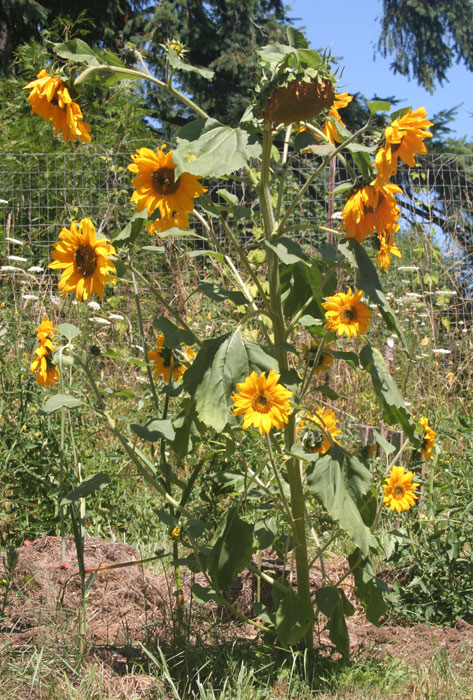
Most of the remaining garlic and onions were pulled this morning and now hang from the rafters in the living room:

I am not recommending this as an air freshener. Especially on a hot day when the windows are closed to hold in the cool nighttime air.
Tomato plants are finally setting fruit, and are overflowing the former garlic and onion beds:
We planted about 7 different varieties of tomato this year, purchased as small starts from Boondockers Farm, a great place for heirloom seeds and starts near Eugene.
Boondockers have been working with several obscure (to me, at least) tomatoes, fusing their goals of preserving heirloom DNA and finding varieties that thrive in our particular climate.
Evan, who owns the farm with his partner Rachel, was kind enough to spend an inordinate amount of time educating someone (me) who was only buying one tray of discounted starts. Several of the ones I chose from their almost overwhelming selection are of Eastern European origin, with names like De Barrao Black Ukrainian, Kosovo, and Malakhitovaya Shkatulka. The ones with less exotic names sound no less enticing – Chocolate Cherry, Black Zebra, Chocolate Stripes.
I carefully placed little tags next to each start so I could assess the varieties for future planting, but now there are a few mystery plants…the sometimes frustratingly persistent ink of a Sharpie marker has no UV resistance whatsoever =\
I also don’t know what variety of tomato these are; they popped up voluntarily in a compost bin:
The first round of potatoes is in, and the yield is not overwhelming but better than my previous efforts.
I did not know this before, but “potatoes,” like most of our roots and tubers, are things we plant and care for in order to keep the tunneling moles well nourished. Kidding, but not entirely; I’ll explain in the next post.

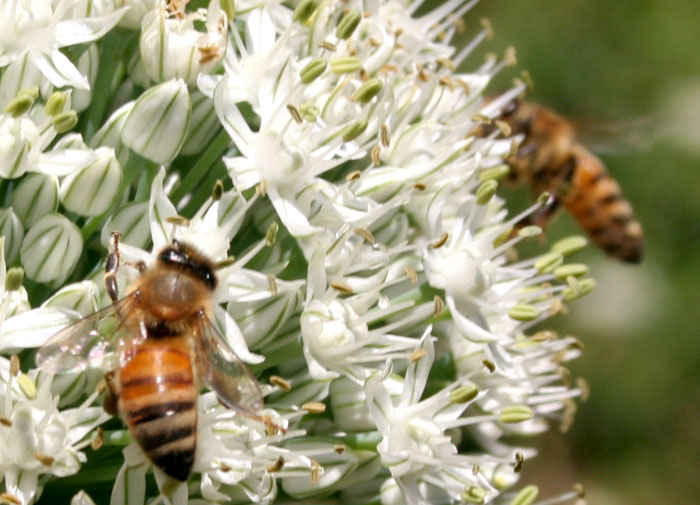


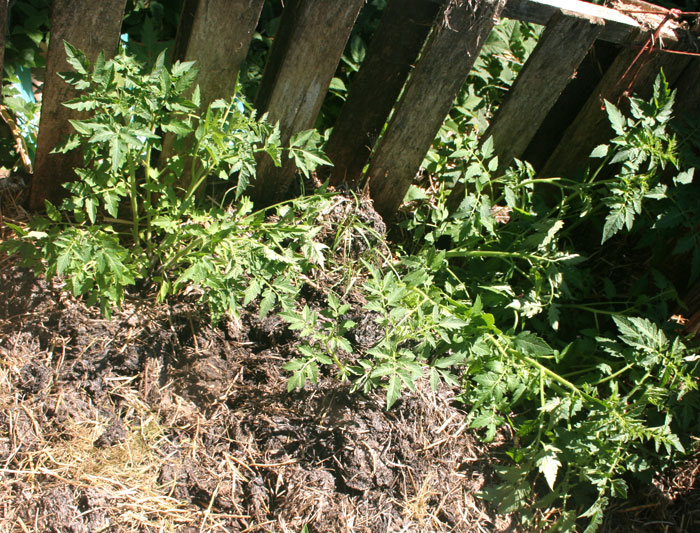
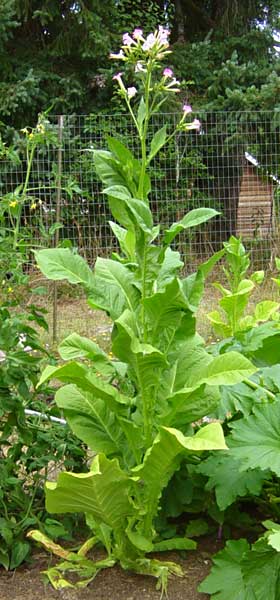

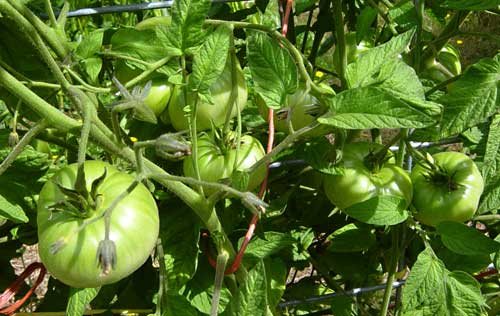




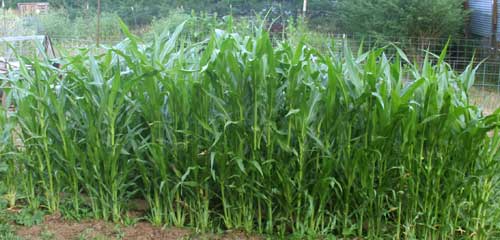
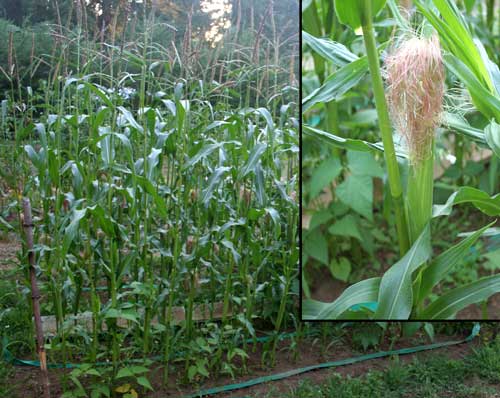

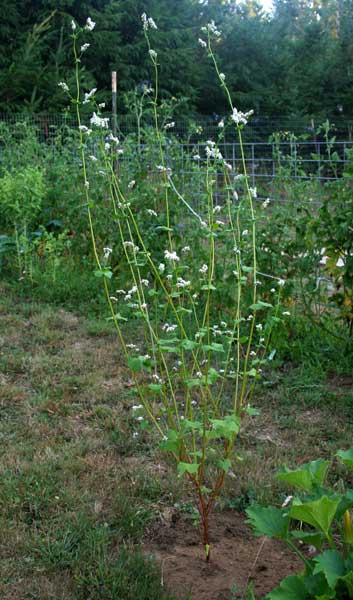

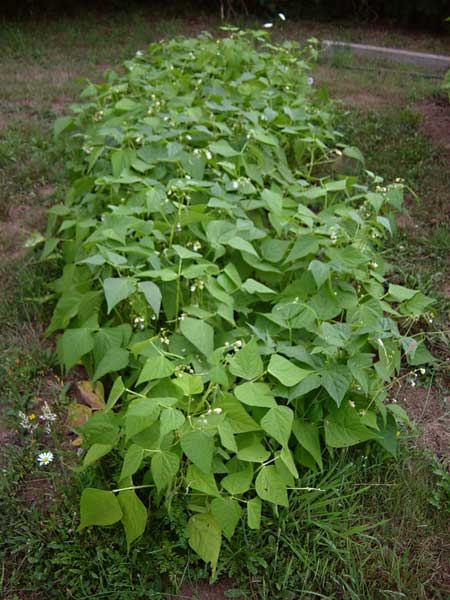
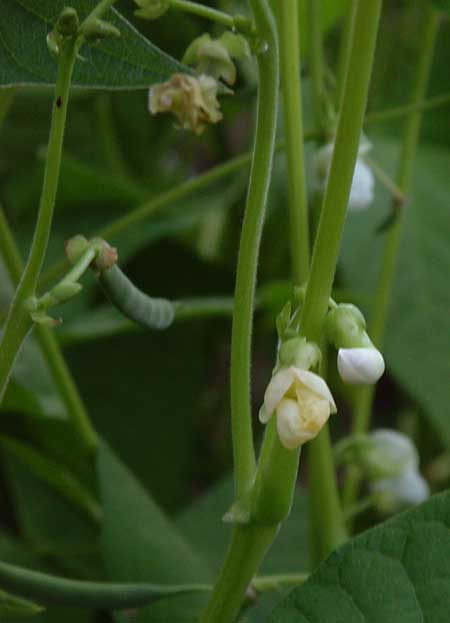



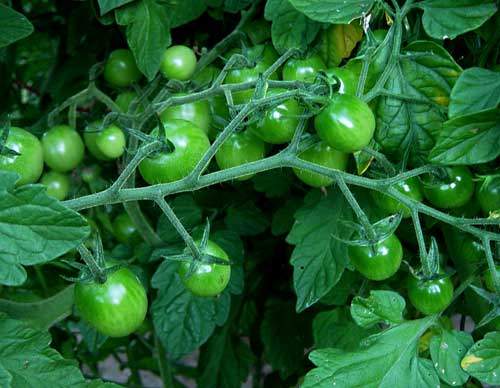

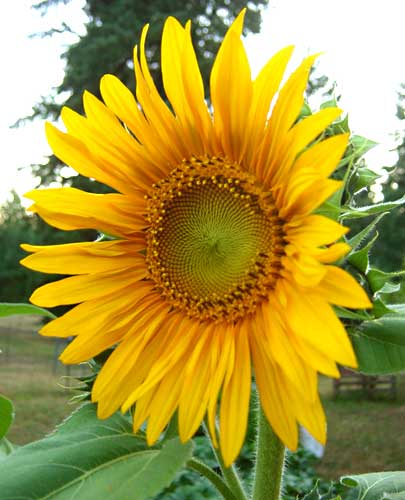

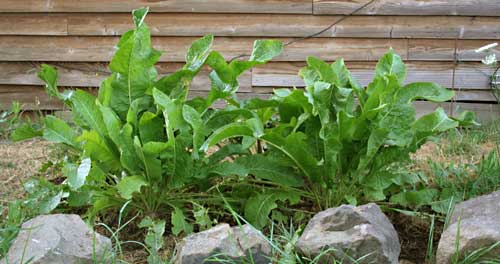
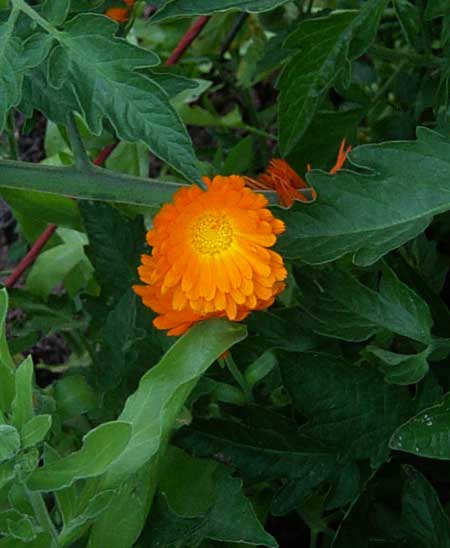
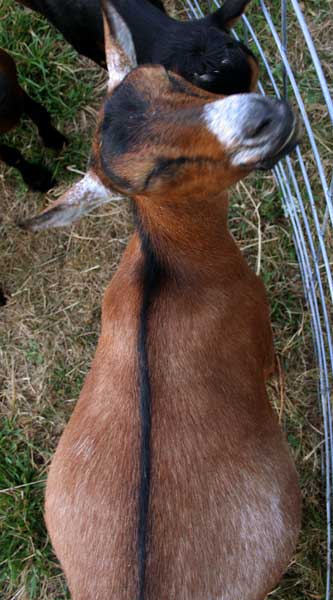
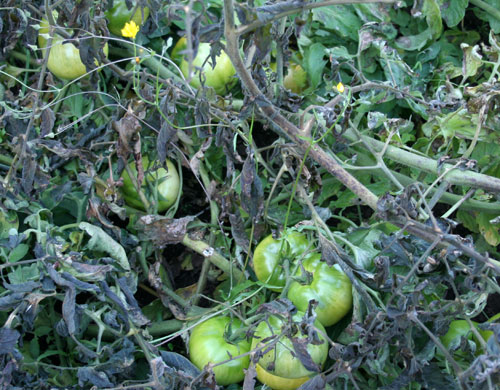
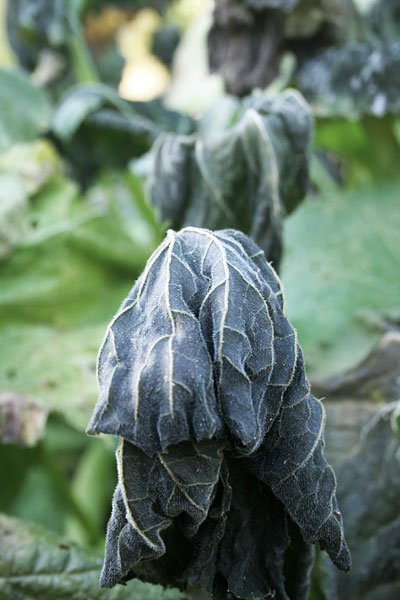
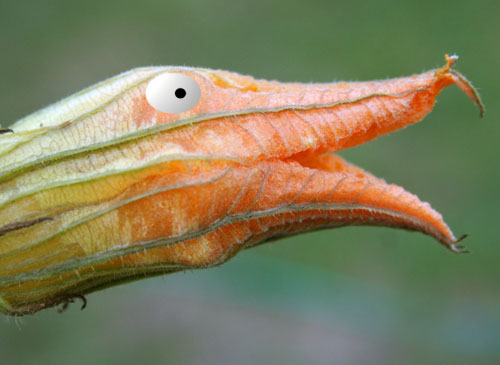
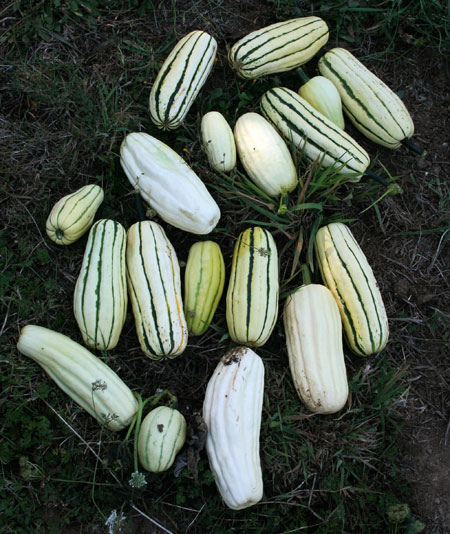




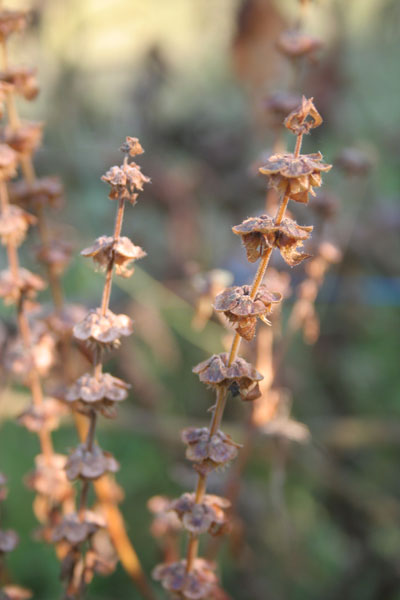



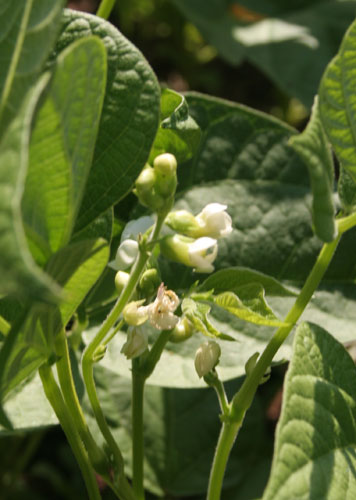
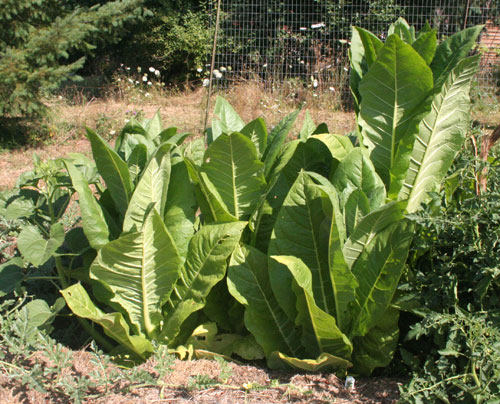
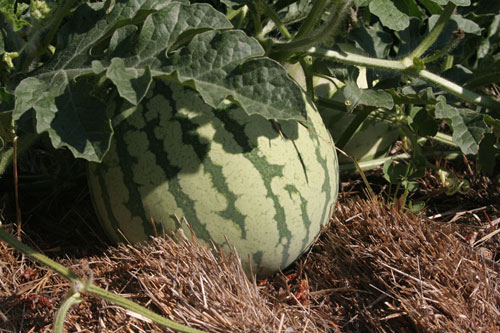


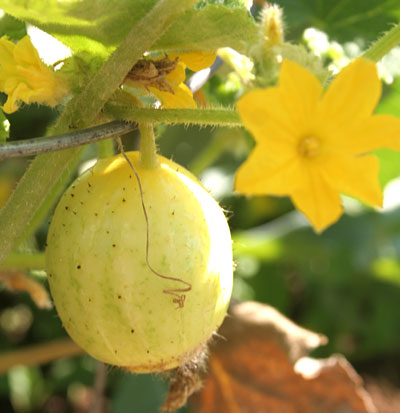

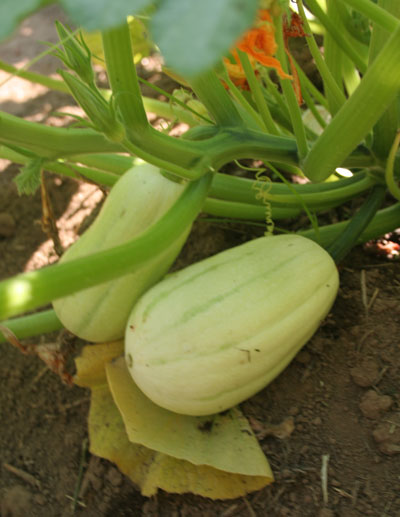
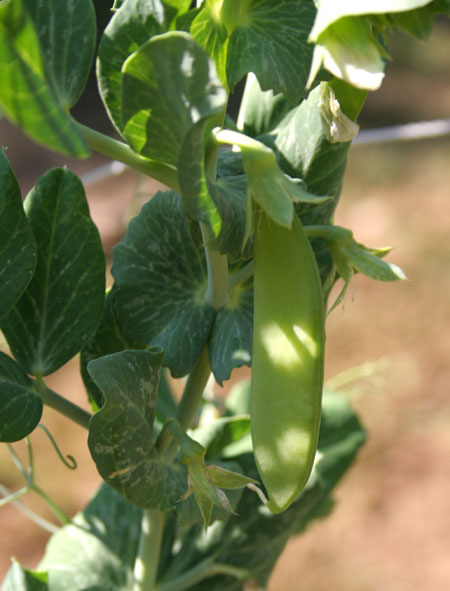

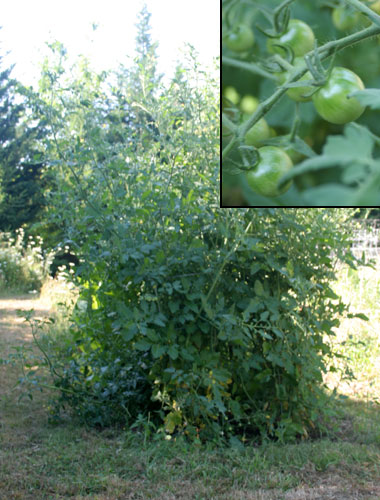
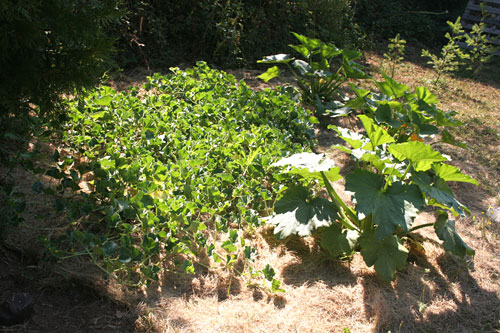



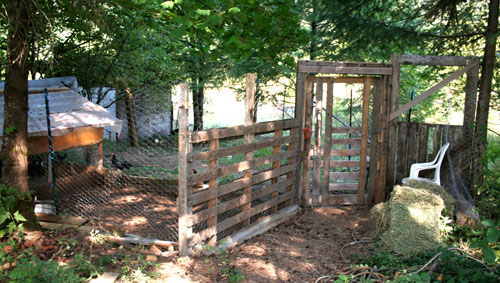
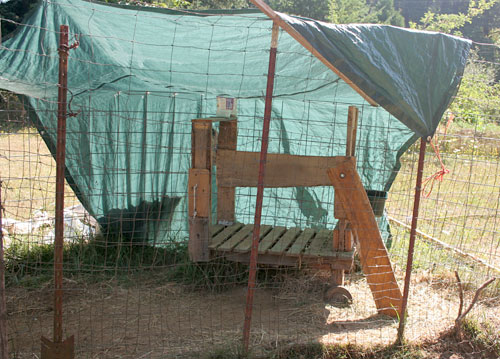

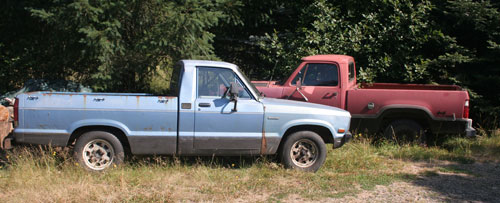
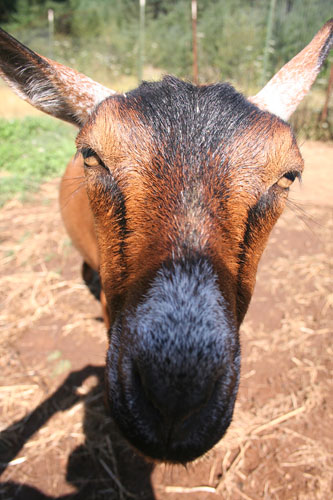

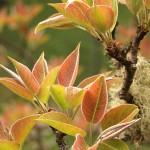 The Asian Pear tree has leaves as lovely as any other’s flowers.
The Asian Pear tree has leaves as lovely as any other’s flowers.
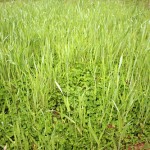 Cover crops of clover and cereal ryegrain are so pretty it’s almost a shame to till them in when planting the next crop. In some places, I’m experimenting with just opening a hole in the clover cover and planting into that, cropping the clover surrounding the transplant to let in light. Might mean less weeding, which is always a good thing.
Cover crops of clover and cereal ryegrain are so pretty it’s almost a shame to till them in when planting the next crop. In some places, I’m experimenting with just opening a hole in the clover cover and planting into that, cropping the clover surrounding the transplant to let in light. Might mean less weeding, which is always a good thing.
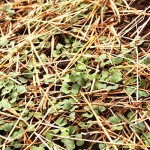 Radishes…fast and reliable, they really lift your spirits when you’re looking at everything else you planted and wondering where the heck it is. These were planted from last year’s seeds. Several radishes were allowed to complete their whole cycle undisturbed, and when they died in the fall it was an easy matter to strip the seedpods off into paper bags. I crushed the pods in the bag with a beer bottle and sprinkled some of the resulting mixture here about a week ago. The greens, being early and abundant, are almost worth more to us than the spicy little radishes themselves.
Radishes…fast and reliable, they really lift your spirits when you’re looking at everything else you planted and wondering where the heck it is. These were planted from last year’s seeds. Several radishes were allowed to complete their whole cycle undisturbed, and when they died in the fall it was an easy matter to strip the seedpods off into paper bags. I crushed the pods in the bag with a beer bottle and sprinkled some of the resulting mixture here about a week ago. The greens, being early and abundant, are almost worth more to us than the spicy little radishes themselves.
 Turnips and Kale are having a riot in the cold frame. We’ve been taking several large helpings of kale every week, along with some turnip thinnings – the greens are a little sandpapery when raw, but wonderful steamed.
Turnips and Kale are having a riot in the cold frame. We’ve been taking several large helpings of kale every week, along with some turnip thinnings – the greens are a little sandpapery when raw, but wonderful steamed.
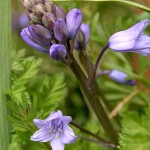
 This is a close-up of pollen settled onto the Letsgo…for a few days, everything had a yellow haze around here.
This is a close-up of pollen settled onto the Letsgo…for a few days, everything had a yellow haze around here.
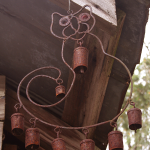 Random decoration from a previous tenant.
Random decoration from a previous tenant.
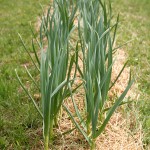 Garlic plants are looking great!
Garlic plants are looking great!
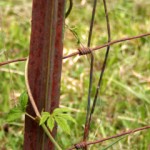 We have about 26 hops vines going, thanks to a friend who let me dig some rootstock from his patch. An essential beer ingredient, we are currently paying about $4/ounce for the dried flowers, so this may be one of our more practical plantings.
We have about 26 hops vines going, thanks to a friend who let me dig some rootstock from his patch. An essential beer ingredient, we are currently paying about $4/ounce for the dried flowers, so this may be one of our more practical plantings.
 There was recently a 2,200% tax increase on the tobacco I like…these TN86 tobacco seedlings are my response to that. It’s a shame; of all taxes I pay, a sin tax that is largely spent on medical care is one of the most palatable, but with close to half my salary going to taxes, tolls, and other government fees, I don’t feel the urge to pay more.
There was recently a 2,200% tax increase on the tobacco I like…these TN86 tobacco seedlings are my response to that. It’s a shame; of all taxes I pay, a sin tax that is largely spent on medical care is one of the most palatable, but with close to half my salary going to taxes, tolls, and other government fees, I don’t feel the urge to pay more.
 Ahh, spring!
Ahh, spring!


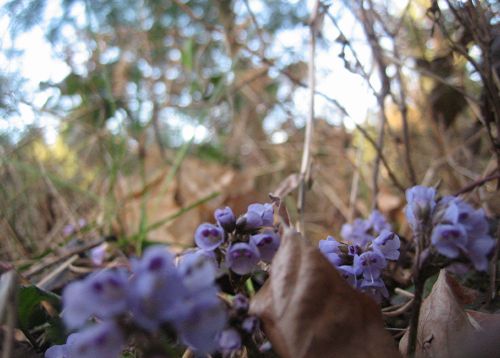

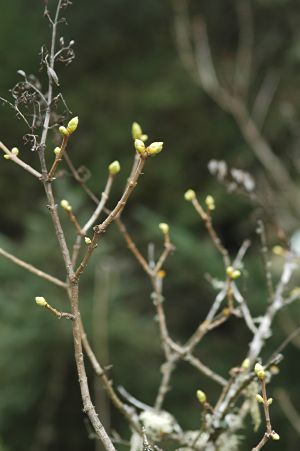
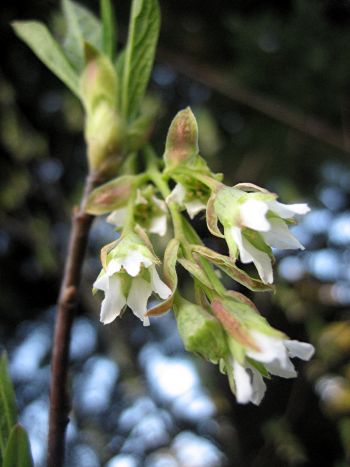







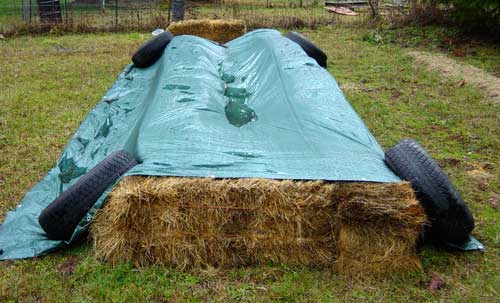

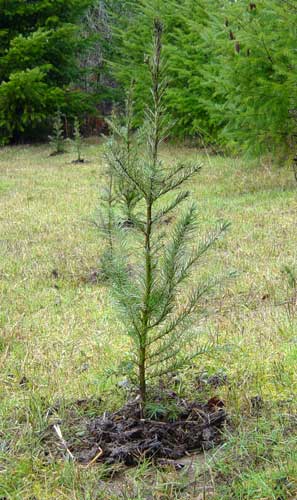 I expected the trees in there to be tiny, but they were mostly about two feet long, and very healthy looking.
I expected the trees in there to be tiny, but they were mostly about two feet long, and very healthy looking.


